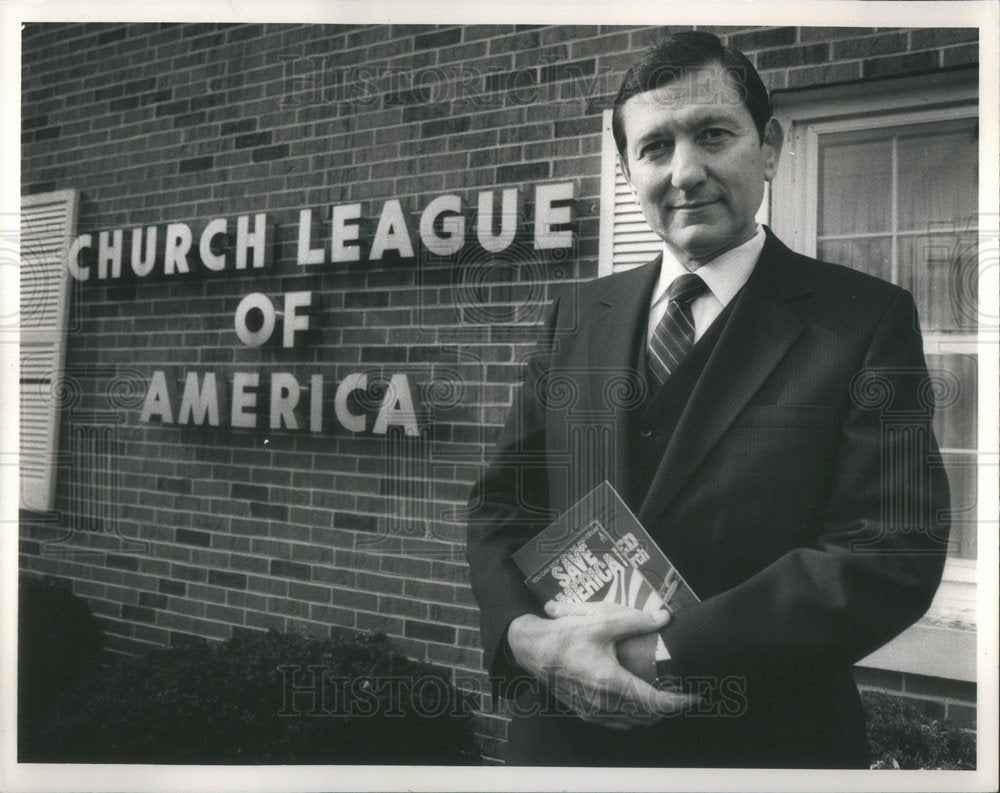
Church League of America developed a surveillance network, in collaboration with FBI offshoot Wackenhut, of American leftists during the Cold War.
With Dylan’s self-professed quasi-anarchistic philosophy, he may not be a member of any organized radical left movement. However, as history has proven, the credulous dupe has performed much more services to the collective cause than ten active members of the Communist Party. Herein lies the danger.
From a Church League of America file folder, titled “Bob Dylan”
It was December 10, 1992, and we were inside a cavernous warehouse picking through the discarded detritus of an out-of-business organization known as the Church League of America (CLA). For nearly a half-century it focused on peddling information about anyone suspected of being the least bit liberal/left or, generally speaking, out of step with the prevailing anti-communist ethos.
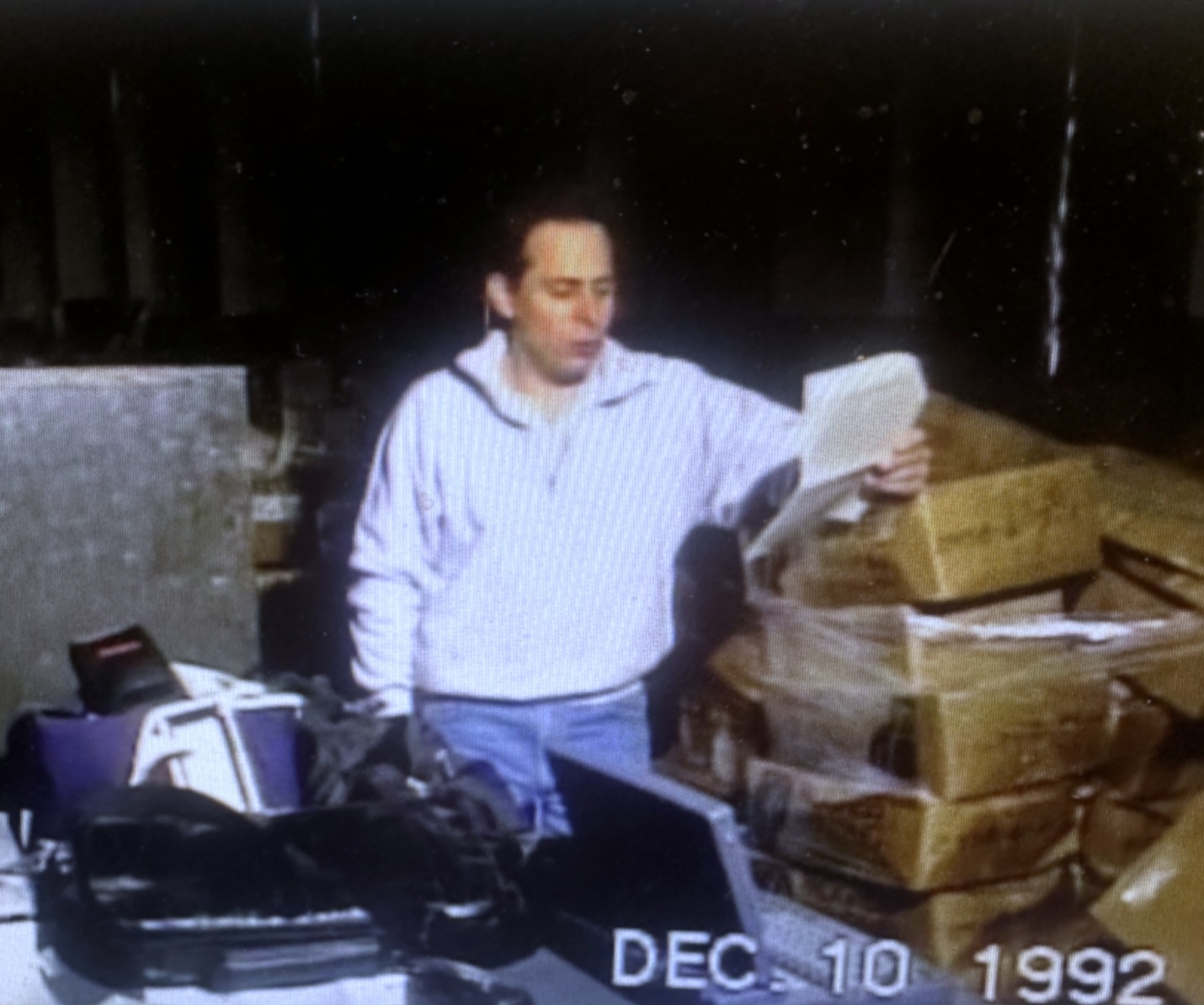
By “we” I am referring to Steven Fischler—co-principal at Pacific Street Films — and me; for more than 50 years we have been personally engaged with all things surveillance-related, in part, due to our production of an iconic 1972 documentary film known as Red Squad.
That 1972 documentary was a product of our own experiences at NYU Film School—under the tutelage of Martin Scorsese—who supported our efforts to film and identify cops who flirted around the edges of peaceful anti-war demonstrations. They were NYPD’s own paparazzi, getting up close and personal, grabbing pictures of all who participated. That film—and our involvement—was the reason we became named plaintiffs in a 1971 class-action lawsuit, Handschu v Special Services Division, which led to restricting the activities of the NYPD’s Intelligence Division. Its impact can still be felt today.
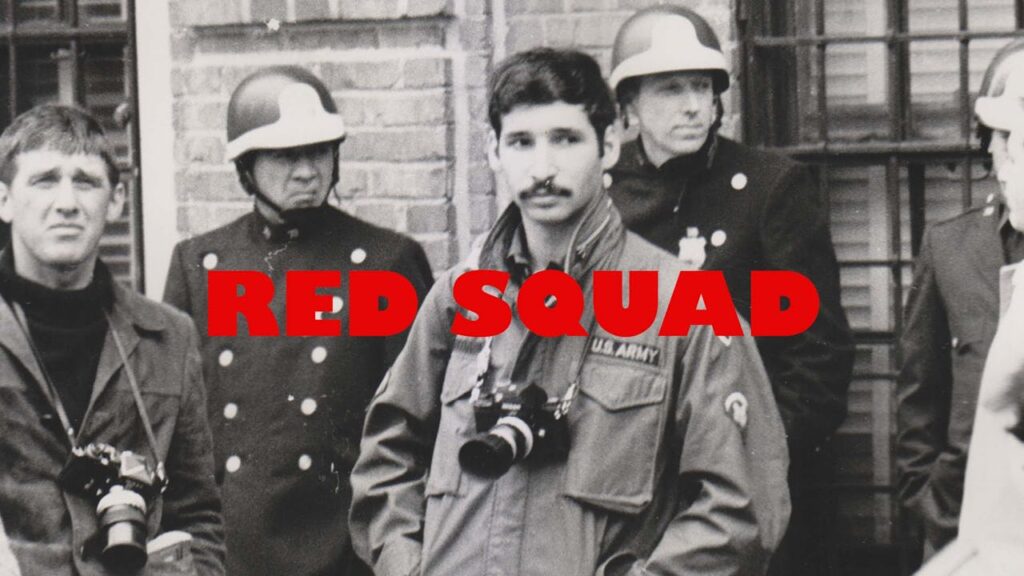
Handschu (titled after another named plaintiff, attorney Barbara Handschu), started us down a long, murky road, uncovering the spies, slugs and assorted flotsam and jetsam that made handsome money promoting their own social values. The Church League of America was among those with the loudest voices. Founded in 1936, while most Americans were struggling to put bread on the table, the CLA began preaching against any effort to secularize American culture. It was also determined to root out any creeping liberalism within the Church itself.
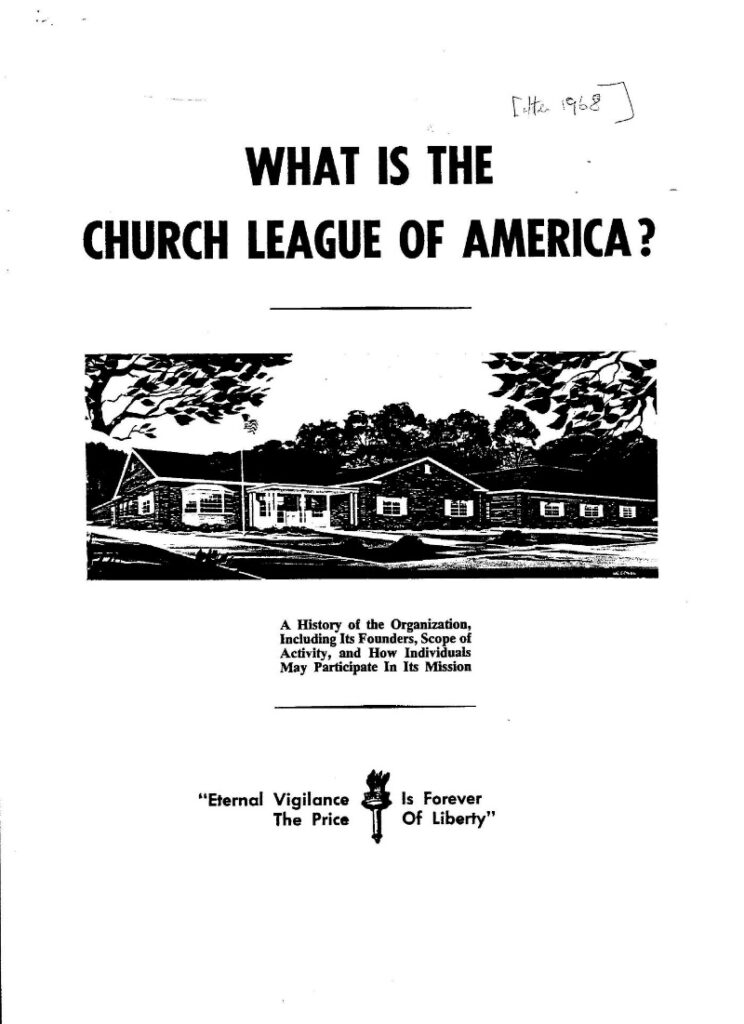
The cast of characters populating the CLA included a coterie of fundamentalist Christians—folks like John Rice, J. Frank Norris and William Bell Riley—who could not understand why Americans were not apoplectic about Roosevelt and the New Deal not receptive to the anti-Semitic radio rantings of Father Coughlin. Other followers like JB Matthews—a one-time socialist who saw the light (and the money)—elevated anti-communism to new heights, becoming a fixture at various congressional committees beginning in the mid-1940s
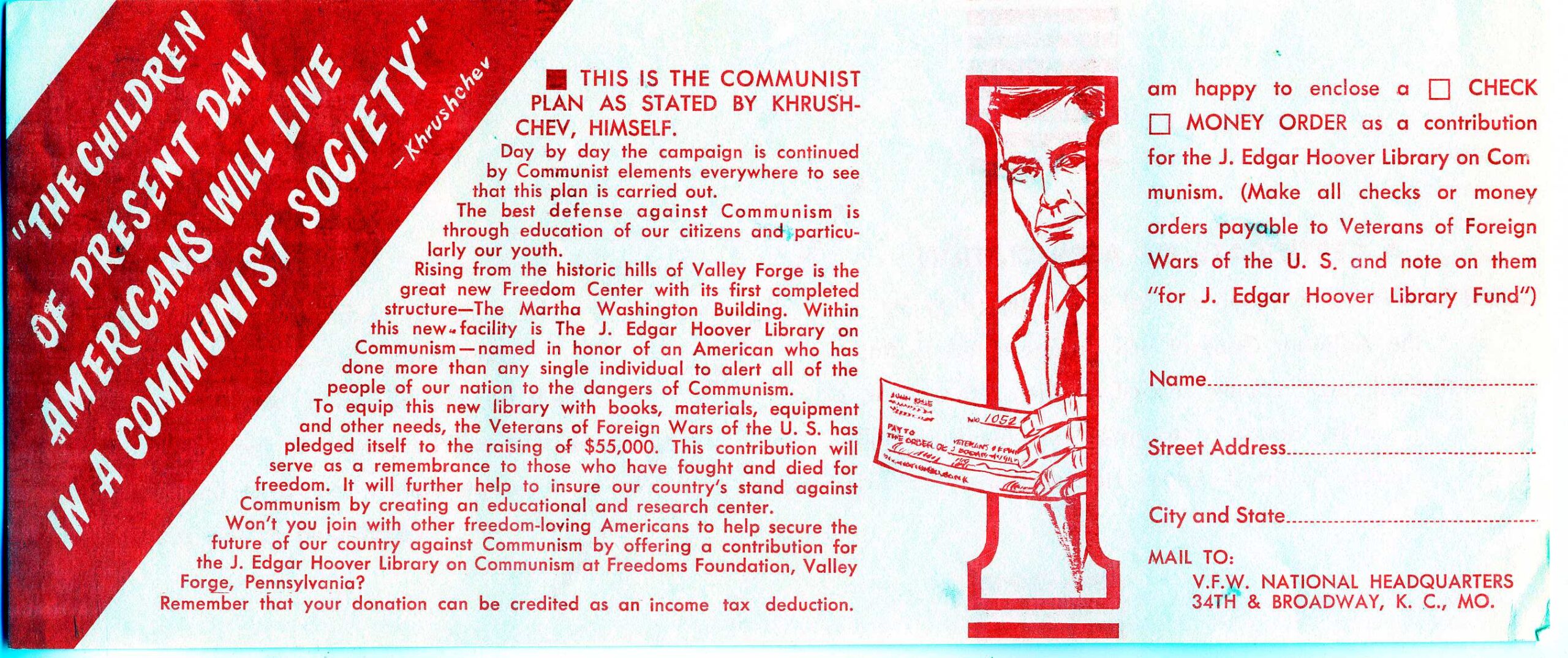
Post-war panic about Joseph Stalin, coupled with J. Edgar Hoover’s dictum to ordinary Americans to search every crack and crevice for hidden Communists, fired up the organization’s afterburners (and fundraising). Embarking on a campaign to solicit tips from the public they re-packaged said squeals for a subscription base that included major law enforcement agencies around the country.
Armed with an adequate war chest the CLA began feasting on other anti-Communist data bases.
The aforementioned Matthews sold off most of his snoopings to the CLA in 1964, but the big one came in 1975 when the organization came into possession of a mother lode, namely, materials compiled by the Wackenhut Corporation.
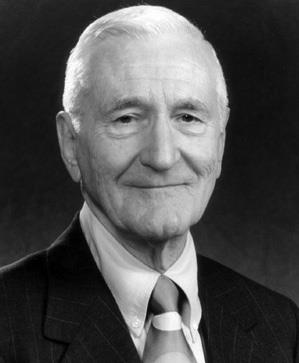
The Wackenhut Corporation, established in 1954 by George R. Wackenhut and two other former FBI agents, actively gathered background information on individuals, bolstered by Wackenhut’s anti-communist fervor. By 1971, blstered by Wackenhut’s anti-communist fervor, the company had amassed files on 2.5 million people.
Following the implementation of the Fair Credit Reporting Act, they reduced their files considerably to something between 225,000 and 250,000. In 1975, most of these files were transferred to the CLA, which was exempt from the law’s disclosure mandates.
Note: Wackenhut is still around—albeit with a new moniker—having been purchased for $570 million in 2002 by the Danish corporation Group 4 Falck, which later became part of the British company G4S. In 2010, G4S Wackenhut rebranded to G4S Secure Solutions (USA).

With the civil rights movement picking up steam in the 1960s, CLA—locked and loaded—turned its attention to those uppity African Americans and their civil rights campaigns.
“A negro newspaper here does nothing but incite the negroes,” proclaimed an unsigned hand-written note taped to a copy of the Memphis-based Tri-State Defender, dated June 28, 1969.
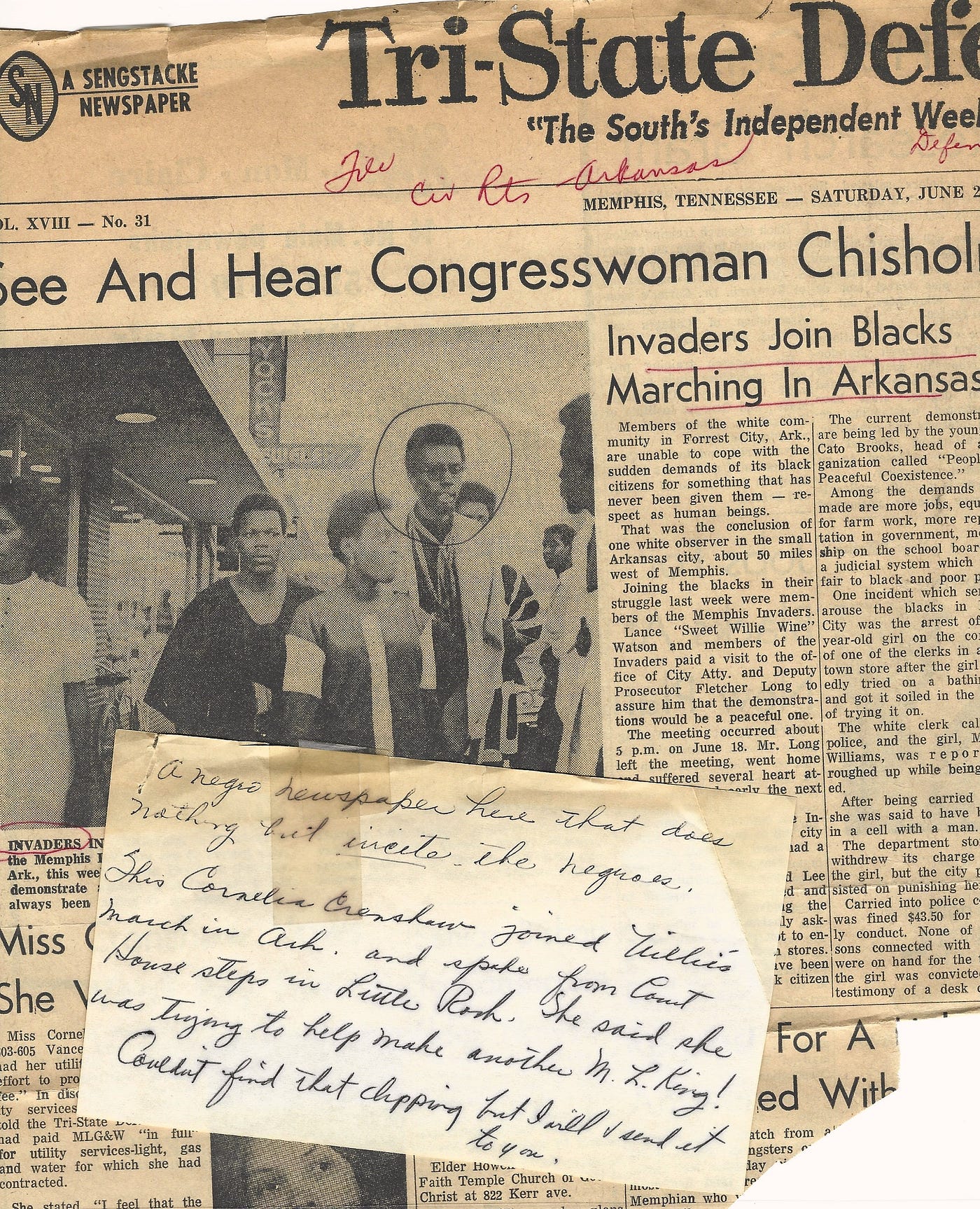
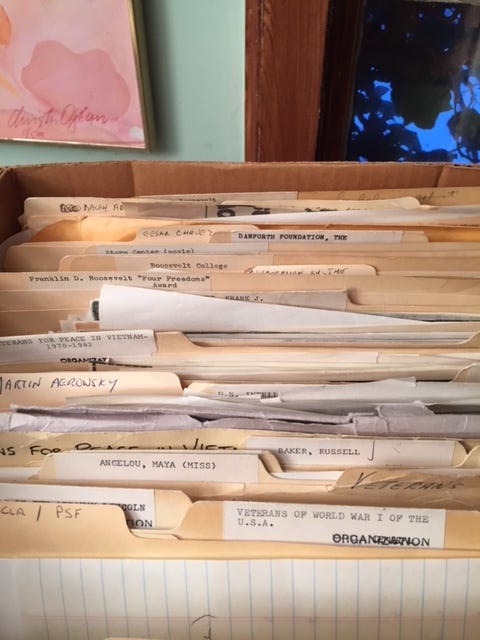
Union organizing—and those who advocated for it—were also on the CLA hit list. The idea that the National Council of Churches—damnably liberal—could be supporting the work of Cesar Chávez was anathema to farm owners whose treatment of their workers was akin to the old plantation types who claimed that their slaves were healthy and happy.
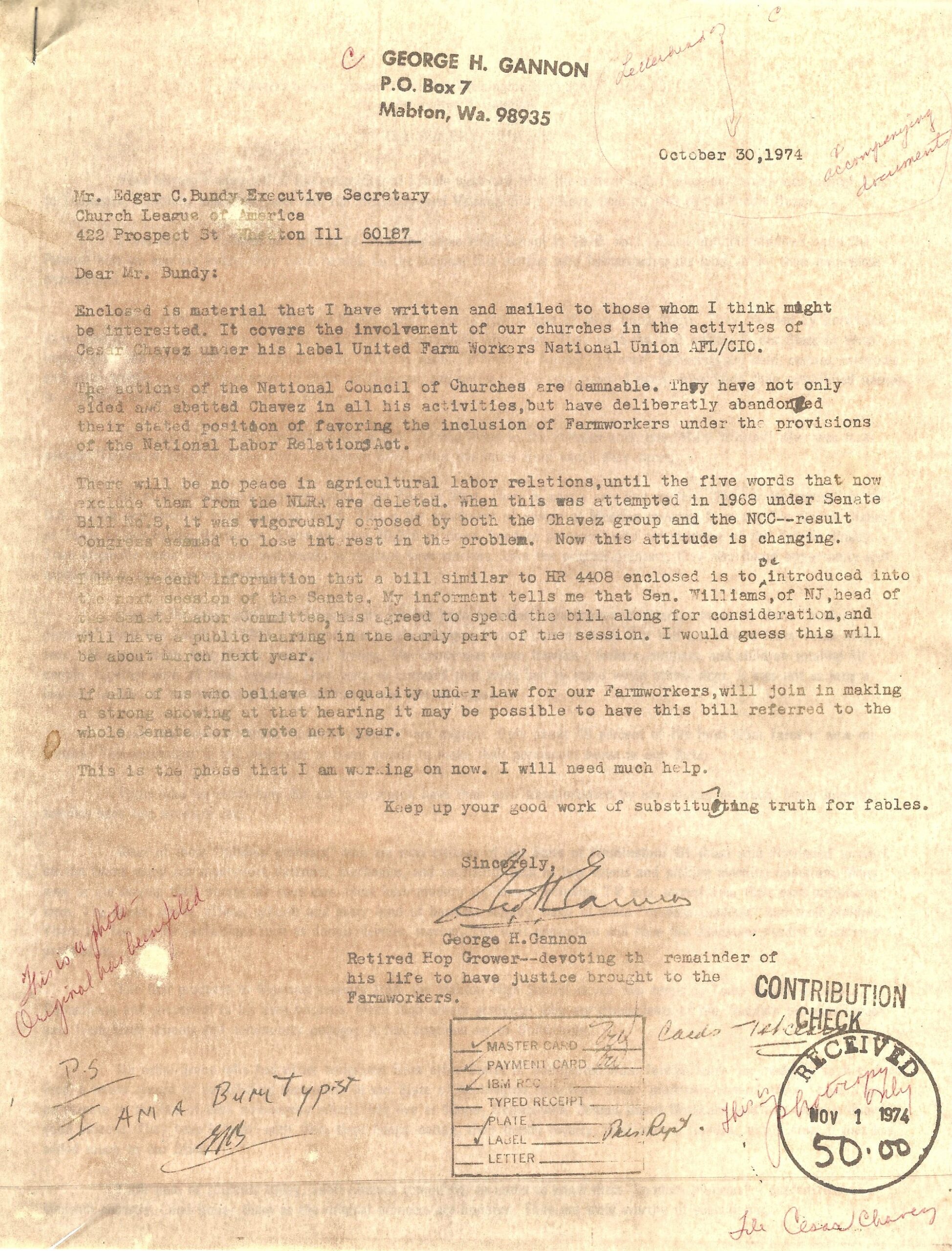
Before the CLA folded in 1984, it dumped its stash in a warehouse owned by Liberty University. You might remember Liberty; the evangelical Christian university founded by right-wing televangelist Jerry Falwell and later helmed by his son, the notorious Jerry Falwell, Jr.

Our guess is that some hapless administrator was eager for anyone to come down and cart off this mold-laden crap so, obligingly, we headed down for a rendezvous with history.
In retrospect, I can understand the sentiments of all those East Germans who flooded Stasi headquarters after the Wall fell, poring through “confidential documents” looking for names.
We did the same; armed with a video camera we rummaged around rusted file cabinets and scattered bits of paper that littered the warehouse floor.
Soon we found our treasure:three-by-five file cards with my name, affiliation and references to the aforementioned Handschu lawsuit; another with the name of a colleague—Marc Weiss—who along with the two of us had traveled to Chicago in the early 1970s to document the activities of the notorious Chicago Police Department’s subversive unit.
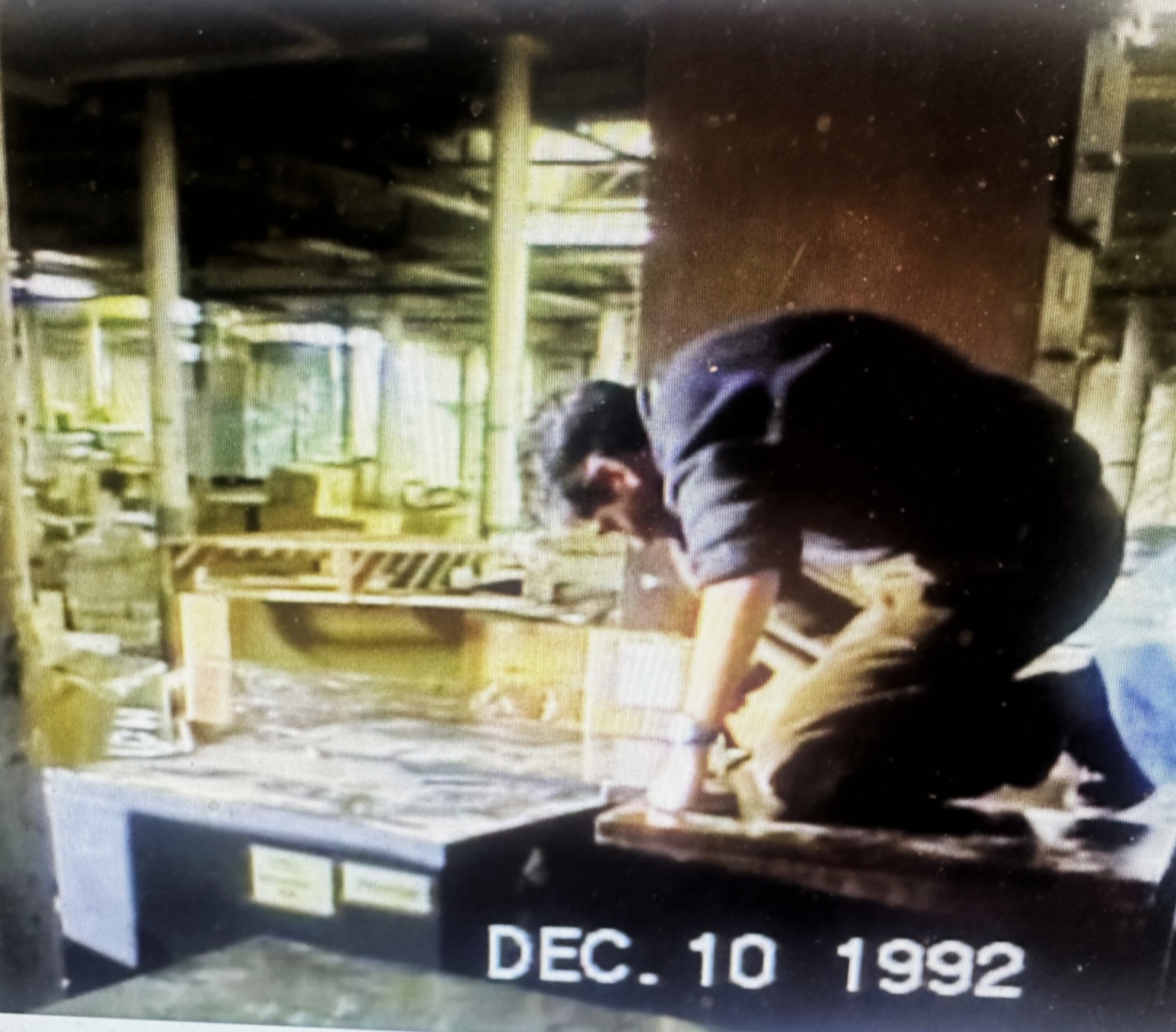
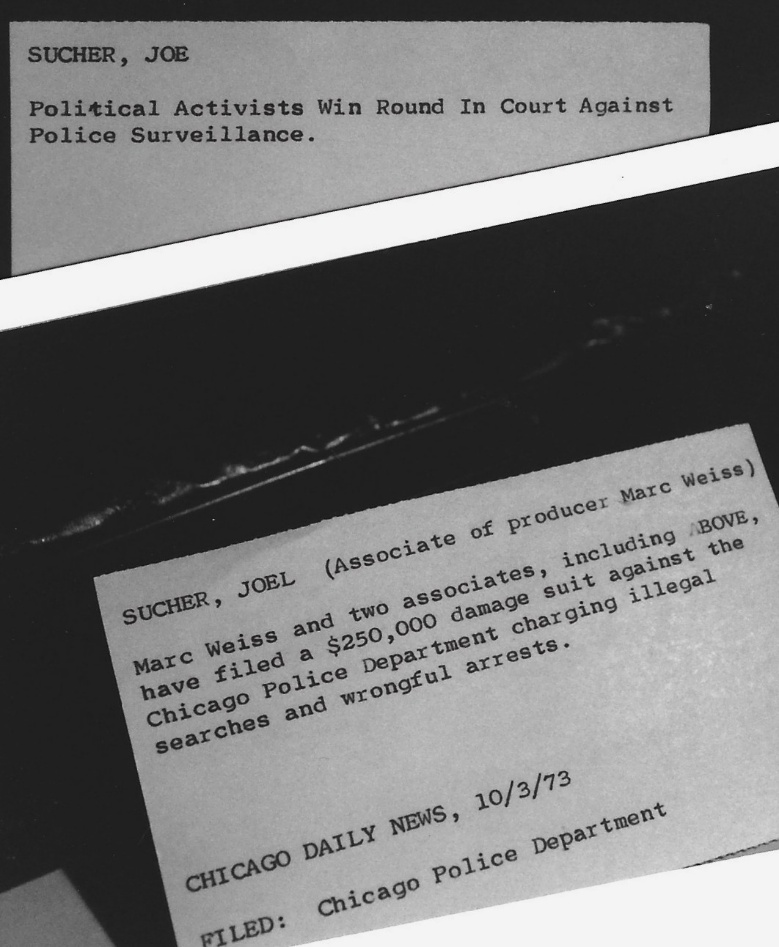
In another file folder, labeled “Anarchism,” we found circulars and flyers for films which brought nostalgic tears to our eyes. One of our early films—Inciting to Riot—produced while we were students of Martin Scorsese at NYU Film School—was part of the Anarchist offerings.
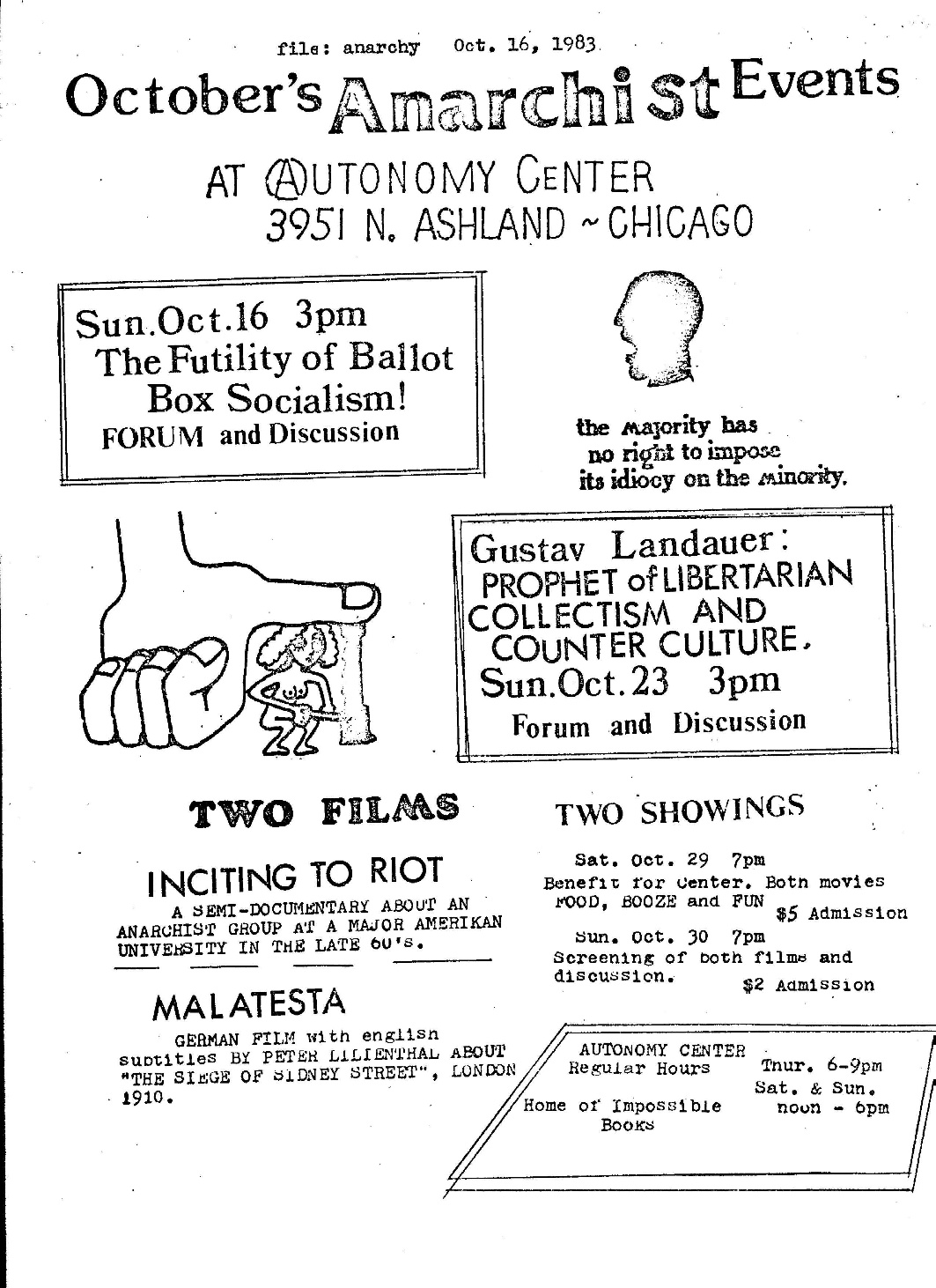
There was no shortage of kitschy mid-century humor with items like a 1949 Saturday Evening Post article, proclaiming “Here’s Where Our Young Commies are Trained,” and an “expose” of the Jefferson School of Social Science. I chuckled at the synchronicity; the publication date being a mere 16 days before I entered this world.
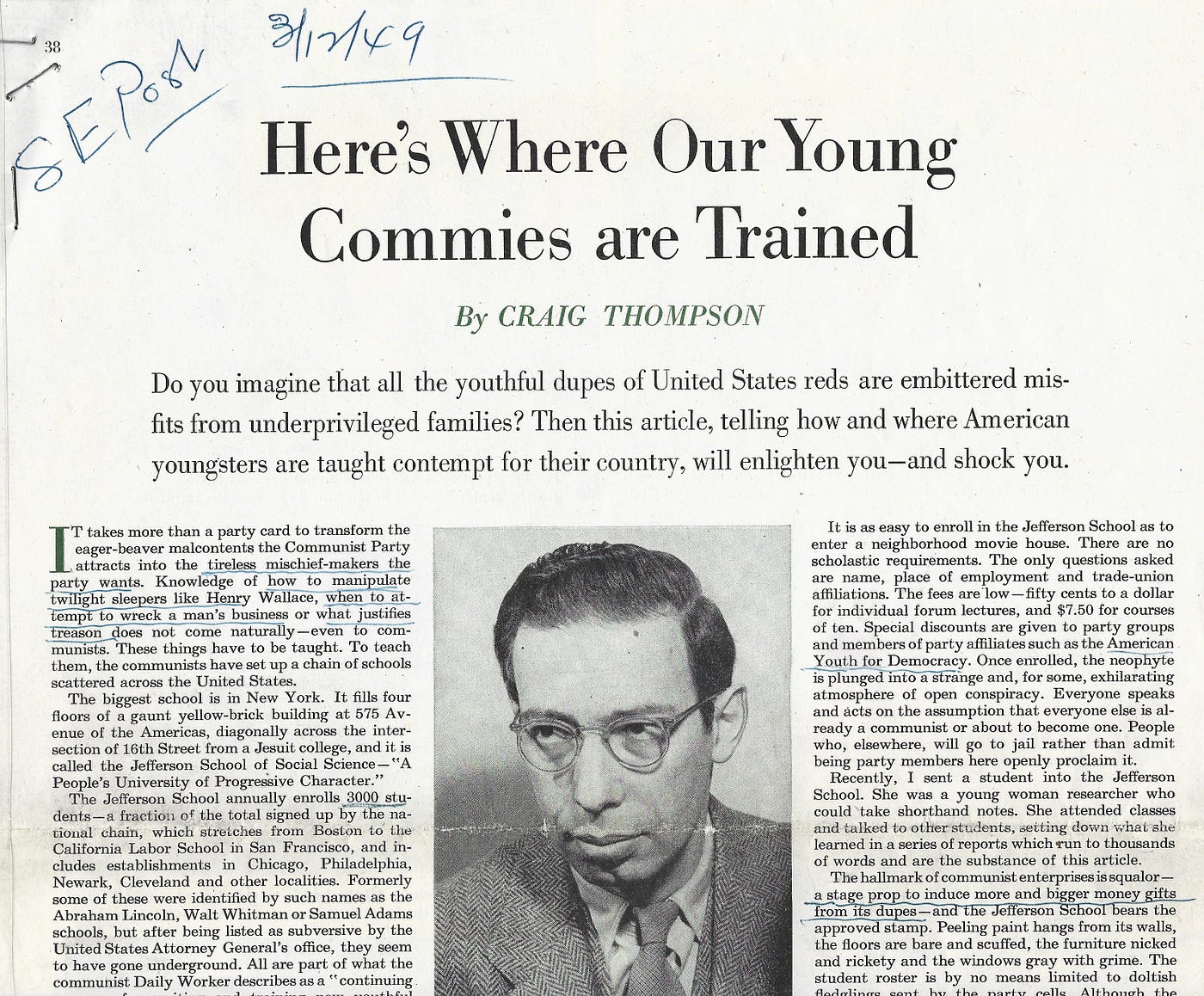
I must admit that it was a heady feeling to be lumped into an archival graveyard sporting manila tombstones with names like Picasso, Angelou and Chaplin.
It was an experience emulating American Pickers well before that iconic series took off and our deep dive into the bowels of the “Deep State” foreshadowed all the tumult now created by current mentions of the term.
Although we had been invited to take what we wanted, there was no way, short of a semi-trailer, that we could transport all this treasure northward. We had to settle for one banker’s box.
Note: Liberty University eventually pawned off a combined CLA/Wackenhut paper dump to the Tamiment Library at NYU, where it currently gathers moss.
And then came TARU….
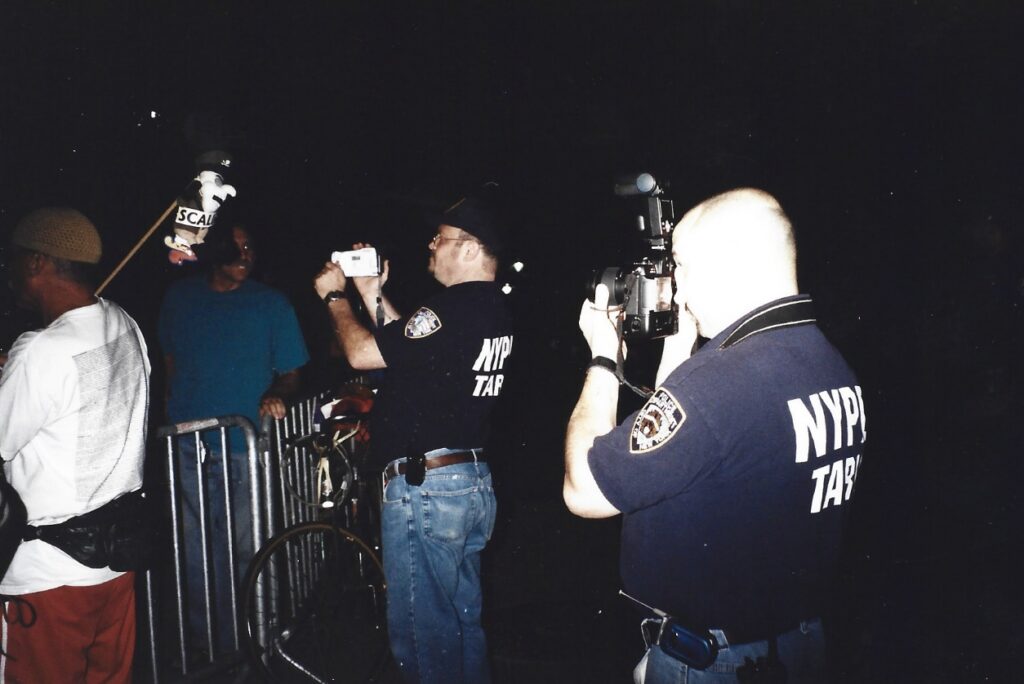
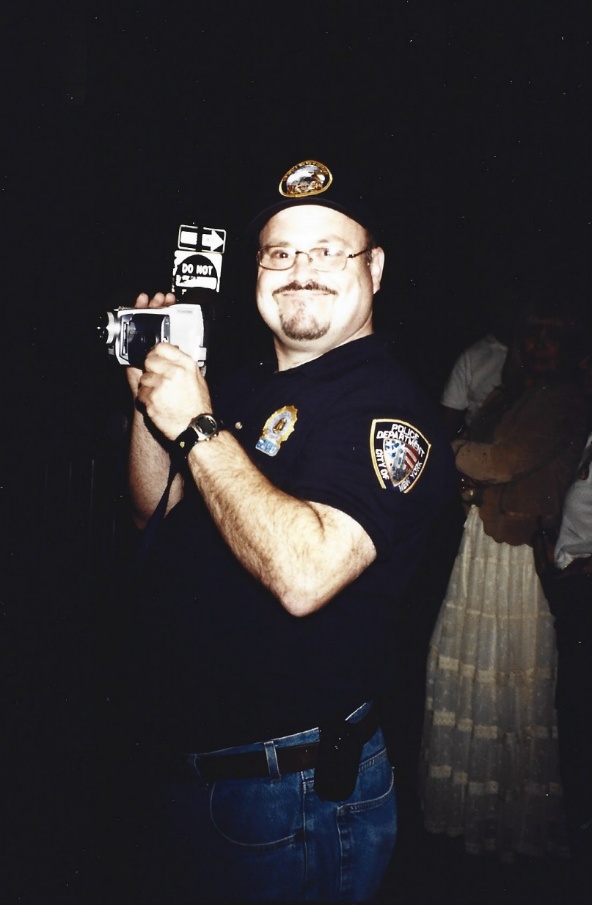
TARU stands for the Technical Assistance Response Unit and it was launched in the late 1990s when analog surveillance was in the process of a profound transformation. No longer was surveillance going to rely on celluloid, still film or movie footage, with a lag time owing to chemical processing. We were now in the digital age and members of the unit were duly tasked with showing up at “incidents” armed with the most advanced snoop-snatch-record technology that taxpayer money could buy. Smelling a huge profit opportunity there was no shortage of vendors peddling everything from handi-cams to pole-mounted all-seeing video “eyes.”
We first ran into members of this group during the tumultuous street demonstrations that accompanied the 2004 Republican National Convention where we dogged some TARU cops who had strategically placed themselves where protesters were gathering (and protesting). Finding a few, we started asking questions and hoped for a response.
One TARU cop expressed amusement that I actually knew what the moniker stood for. Another officer—filmed at a demonstration in 2005 bearing a video camera on a tripod—remained grim-faced but did respond, and his response spoke volumes about the nature of police surveillance:
“If you’re not doing anything wrong, there is nothing to be frightened about.”
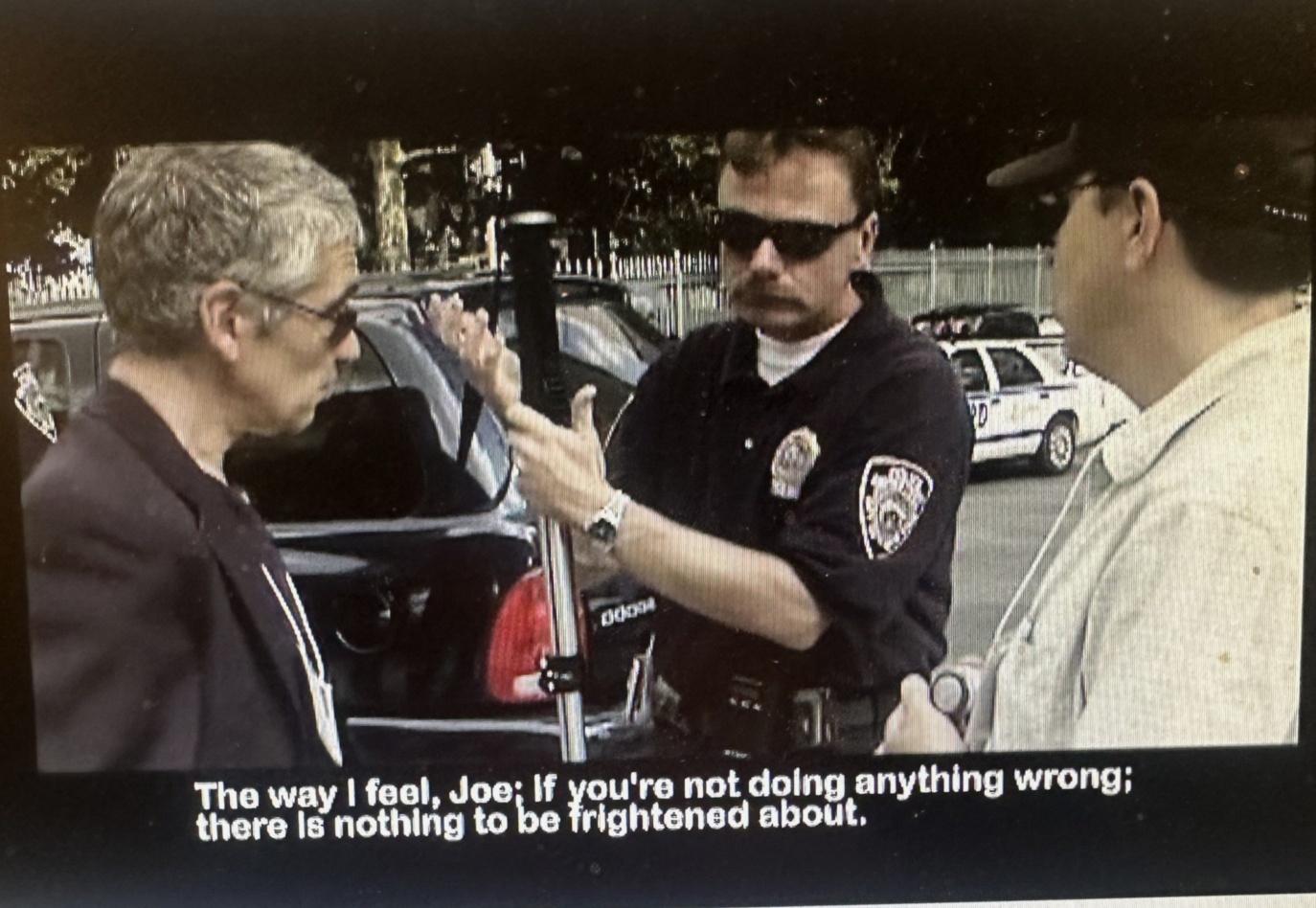
There is some ambiguity involving TARU’s support of the Intelligence Agencies’ mission and how the information gathered is stored and used, especially given the requirements of the Handschu settlement. A 2023 report issued by the Office of the Inspector General offered these conclusions (highlights added).
OIG-NYPD’s findings include:
- While the Patrol Guide requires retention of TARU footage for no less than one and no more than three years, in the absence of certain specified reasons or “any specific purpose,” such footage in fact is never destroyed. NYPD takes the position that this approach serves the “specific purpose” of transparency, so that such footage is available if required for civil and criminal discovery, for oversight agencies, or in the event of a Freedom of Information Law (“FOIL”) request. The Patrol Guide’s broad language, however, gives no guidance as to the nature of the “specific purpose” that would justify indefinite retention, or the factors that should impact that decision. Furthermore, the NYPD’s consistent practice of indefinite retention in all case [sic] renders the specified reasons for extended retention in the Patrol Guide essentially moot.
- While TARU has been capturing footage since at least 1998, TARU did not maintain any tracking system of TARU’s footage until 2012. Furthermore, until May 2020, NYPD did not maintain a log of the footage held in TARU’s repository.
- While it appears that Intel’s access to TARU’s materials has been handled consistently with the Revised Handschu Guidelines as a matter of practice, NYPD currently lacks written policy or procedure governing that access.
- TARU request logs generally provide only a boilerplate explanation for the need for TARU’s capabilities, and in some cases, the logs do not provide any explanation.
Based on the findings from this examination, OIG-NYPD issued eight recommendations:
- NYPD should require in a written policy that TARU notify the Legal Bureau of any requests from the Intelligence Bureau for access to TARU footage.
- NYPD should require in a written policy that the Legal Bureau process any requests from the Intelligence Bureau for access to TARU footage in accordance with the Revised Handschu Guidelines.
- NYPD should revise Patrol Guide Procedure 212–71 to more accurately reflect NYPD’s approach to TARU record retention. If the Department intends to continue its indefinite retention of all video/photographic materials the policy should clearly state that position, and explain the purpose of indefinite retention, as well as any other purposes for which materials can be retained, and the appropriate length of any such retention.
- NYPD should create an index/log for the over two decades of video/photographic footage that was captured prior to May 2020, when the Department began consistently cataloging and indexing such footage.
- NYPD should replace the current hard copy logbook and content lists which catalogue the video/photographic material collected by TARU (its practice since May 2020) with an electronic tracking system that would enable more efficient searches for particular footage in TARU’s library.
- NYPD should revise NYPD Patrol Guide Procedure 212–71 to address the circumstances in which TARU can be deployed without the requisite preauthorization from NYPD’s Legal Bureau, and in which retroactive authorization can be granted.
- NYPD should revise NYPD Patrol Guide Procedure 212–71 to require that TARU request logs identify the specific basis and rationale for TARU’s request to be present and record at a public gathering, instead of using boilerplate language.
- NYPD should require that TARU request logs specify what types of video/photographic technology is sought.
While accepting some recommendations, the NYPD rejected others.
FAST FORWARD: August 2024. The Handschu Committee’s Annual Report—mandated by the Federal class action lawsuit—reveals that the NYPD has, indeed, availed itself of information sent by “third party vendors.” Sound familiar? In particular, look at the qualifier, “to the NYPD’s knowledge, these third-party algorithms are not disparately impacting certain groups.”
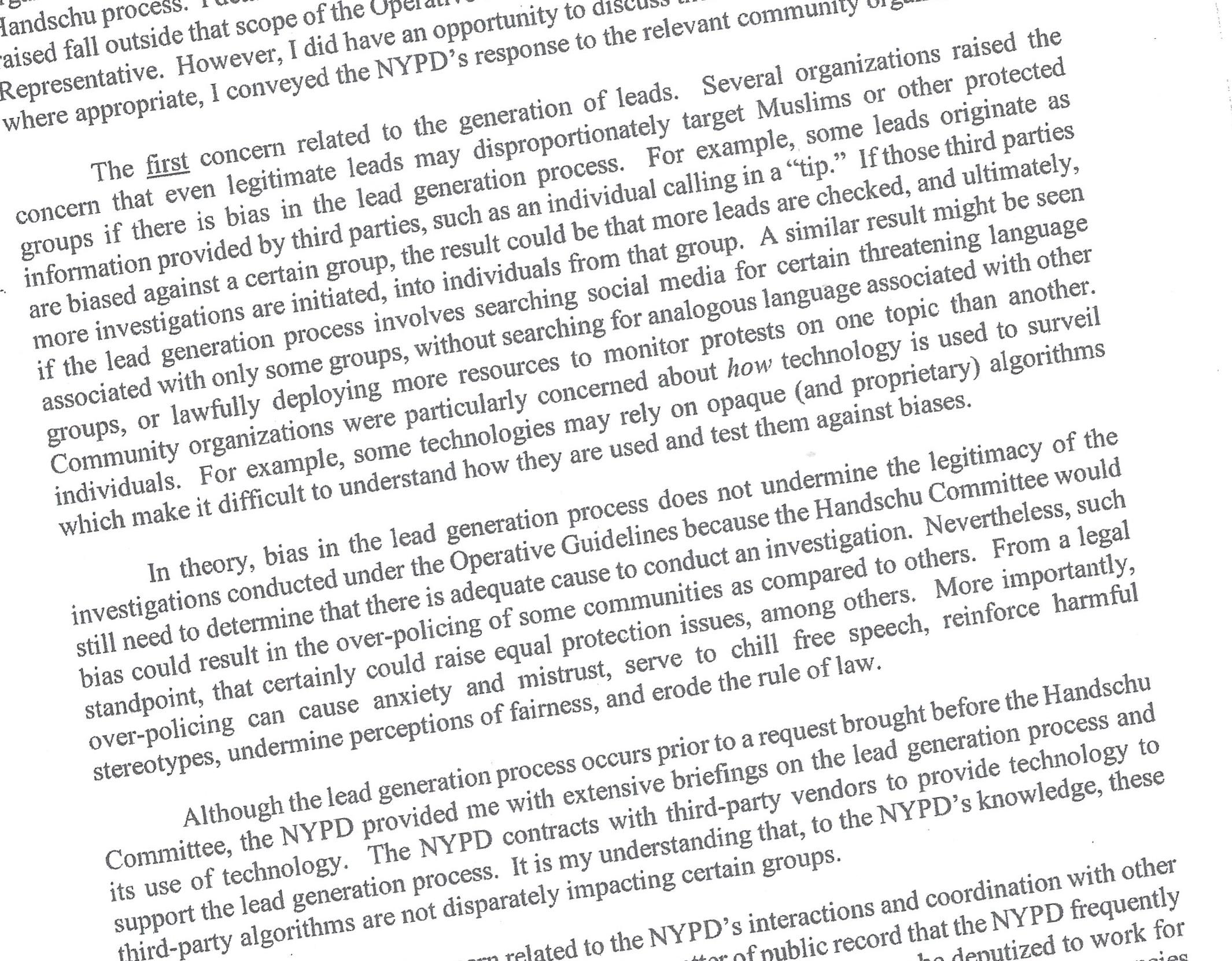
Well, welcome to the Brave New World of “Predictive Policing.” It is where Science Fiction meets Science Fact and where algorithms drive lead-generated police investigations.
No longer are the NYPD’s gumshoes hiding out in hotel rooms listening to bugs they have planted via crappy, old Kel-Coms. The modern Red Squad detective is fixed to a computer screen watching algorithms make—in essence—criminal predictions.
We have turned a page; one Philip K. Dick wrote about in his dystopian 1956 novel, Minority Report. (made into a compelling 2002 film, starring Tom Cruise).
Through some 50 years of investigating the NYPD’s Intelligence Division we have revealed that there is nothing too imponderable that would have their members turn a blind eye to. As the digital world grows more complex the sales pitches from tech startups become more and more sophisticated, going beyond mere drones, eclipsing Pegasus cell phone software, facial recognition and license plate readers which are now de rigueur in China.
China is a true 1984 world where one can find the future of surveillance translated into social control where, literally, points are deducted if you are late to pay a bill or jaywalk; yes, it is a scheme to turn the population into good, obedient boys and girls.
Take the case of Voyager Labs, an outfit that claims it can make the invisible visible; finding connections between people, places, organizations using all sorts of proprietary algorithms to connect the dots and come up with a picture of who might do what to whom (and where).
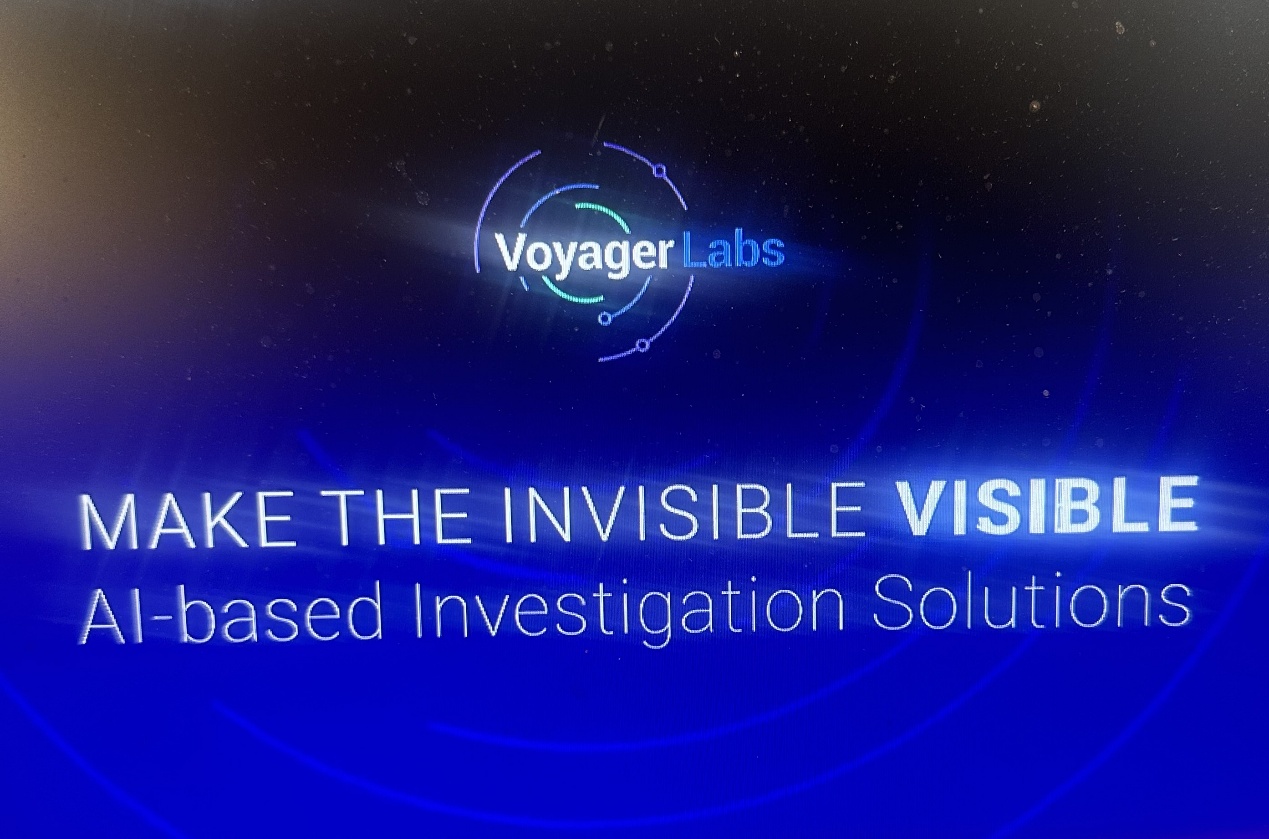
Does predicting criminal activity really amount to preventing a crime? Will a snoop be able to see someone walking down the street and figure he/she has some contraband joints packed away based on scraping their social media platforms?
Beginning in 2018, with a $9 million grant to Voyager Labs, the NYPD waded into this controversial world of social media snooping and the Brennan Center, among others, has sued the NYPD to reveal its online surveillance practices and see what millions of dollars have bought in the way of social media analysis tools.
Voyager has already found itself in federal court responding to claims that the company created 55,000 fake accounts on Facebook and Instagram, collecting data “to uncover … behavior patterns,” “infer human behavior” and “build a comprehensive presence” on their target(s).
Apart from the NYPD other major police departments, including Los Angeles, have swallowed the Voyager corporate spiel, hook, line and sinker, but it is not only Voyager that is offering surveillance technologies for sale; it is a booming, competitive, worldwide business.
There is Cobwebs Technologies, an Israeli-based group composed of ex-intelligence military types, that has been the subject of controversy in New Zealand for allowing its technology to sweep the social history of ordinary Kiwis.
New kids on the block include Cellebrite—with the tag line “accelerate justice”—that offers all sorts of analytic tools to do just that and maybe get ahead of the judicial process. Technology does seem to be taking the lead while “justice” may seem to be tagging along.
AI is a cop’s dream come true and, let’s face it, despite the claims that guardrails will prevent that paddy wagon from veering off the prescribed path the temptation to dip law enforcement toes in the toxic surveillance river is, well, tempting. Through the years Handschu oversight has resulted in numerous cases brought back to federal court when Red Squad agents were caught violating the agreement leaving their heavy hands exposed.
In monitoring the 2005 RNC demonstrations, for instance, a police helicopter was caught dawdling above an apartment house using its infrared camera to capture an oblivious couple in a fond embrace. All captured as part of an amusing short video we called, Ray Kelly’s Surveillance City.
Third-party vendors have come a long way since the days of the Church League of America. There is a lot of money at stake today, with new vendors popping up peddling new technologies to police departments, big, small and everything in-between. So…be scared, be very scared.
Perhaps, Bob Dylan should tiptoe down to the Tamiment Library at NYU and request the file that bears his name.
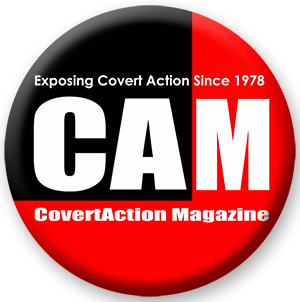
CovertAction Magazine is made possible by subscriptions, orders and donations from readers like you.
Blow the Whistle on U.S. Imperialism
Click the whistle and donate
When you donate to CovertAction Magazine, you are supporting investigative journalism. Your contributions go directly to supporting the development, production, editing, and dissemination of the Magazine.
CovertAction Magazine does not receive corporate or government sponsorship. Yet, we hold a steadfast commitment to providing compensation for writers, editorial and technical support. Your support helps facilitate this compensation as well as increase the caliber of this work.
Please make a donation by clicking on the donate logo above and enter the amount and your credit or debit card information.
CovertAction Institute, Inc. (CAI) is a 501(c)(3) non-profit organization and your gift is tax-deductible for federal income purposes. CAI’s tax-exempt ID number is 87-2461683.
We sincerely thank you for your support.
Disclaimer: The contents of this article are the sole responsibility of the author(s). CovertAction Institute, Inc. (CAI), including its Board of Directors (BD), Editorial Board (EB), Advisory Board (AB), staff, volunteers and its projects (including CovertAction Magazine) are not responsible for any inaccurate or incorrect statement in this article. This article also does not necessarily represent the views the BD, the EB, the AB, staff, volunteers, or any members of its projects.
Differing viewpoints: CAM publishes articles with differing viewpoints in an effort to nurture vibrant debate and thoughtful critical analysis. Feel free to comment on the articles in the comment section and/or send your letters to the Editors, which we will publish in the Letters column.
Copyrighted Material: This web site may contain copyrighted material the use of which has not always been specifically authorized by the copyright owner. As a not-for-profit charitable organization incorporated in the State of New York, we are making such material available in an effort to advance the understanding of humanity’s problems and hopefully to help find solutions for those problems. We believe this constitutes a ‘fair use’ of any such copyrighted material as provided for in section 107 of the US Copyright Law. You can read more about ‘fair use’ and US Copyright Law at the Legal Information Institute of Cornell Law School.
Republishing: CovertAction Magazine (CAM) grants permission to cross-post CAM articles on not-for-profit community internet sites as long as the source is acknowledged together with a hyperlink to the original CovertAction Magazine article. Also, kindly let us know at info@CovertActionMagazine.com. For publication of CAM articles in print or other forms including commercial internet sites, contact: info@CovertActionMagazine.com.
By using this site, you agree to these terms above.
About the Author

Joel Sucher is a co-founder of Pacific Street Films (together with Steven Fischler) and has written for a number of platforms including American Banker, In These Times, Huffington Post and Observer.com.
Joel can be reached at Pacific Street Films.
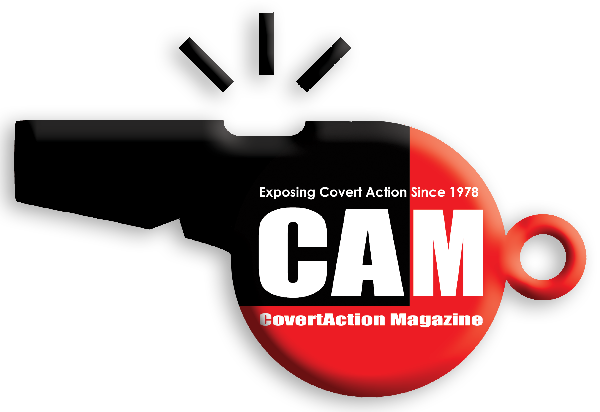

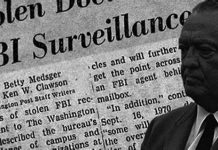
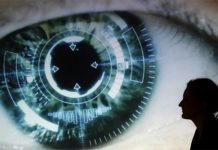
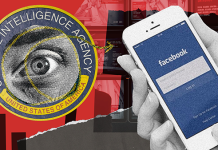

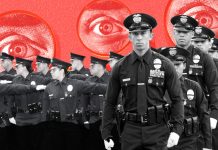

When I was a child I used to think that Nikita Khrushchev was a horrible human being, but this morning I came across an article written by his daughter Nina which shows that he had a lot of good qualities, so I have changed my opinion of Nikita.
https://www.newsweek.com/khrushchev-hero-or-villain-250691